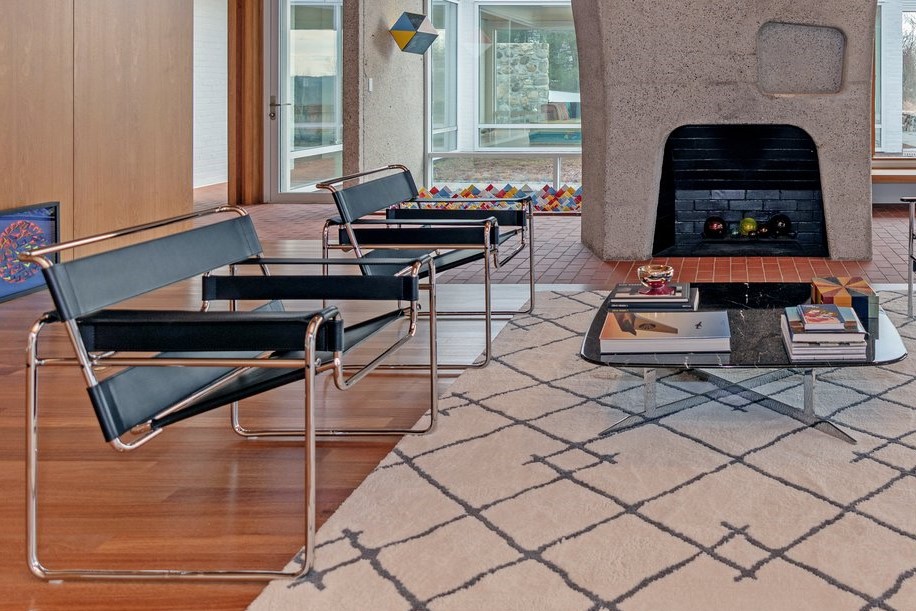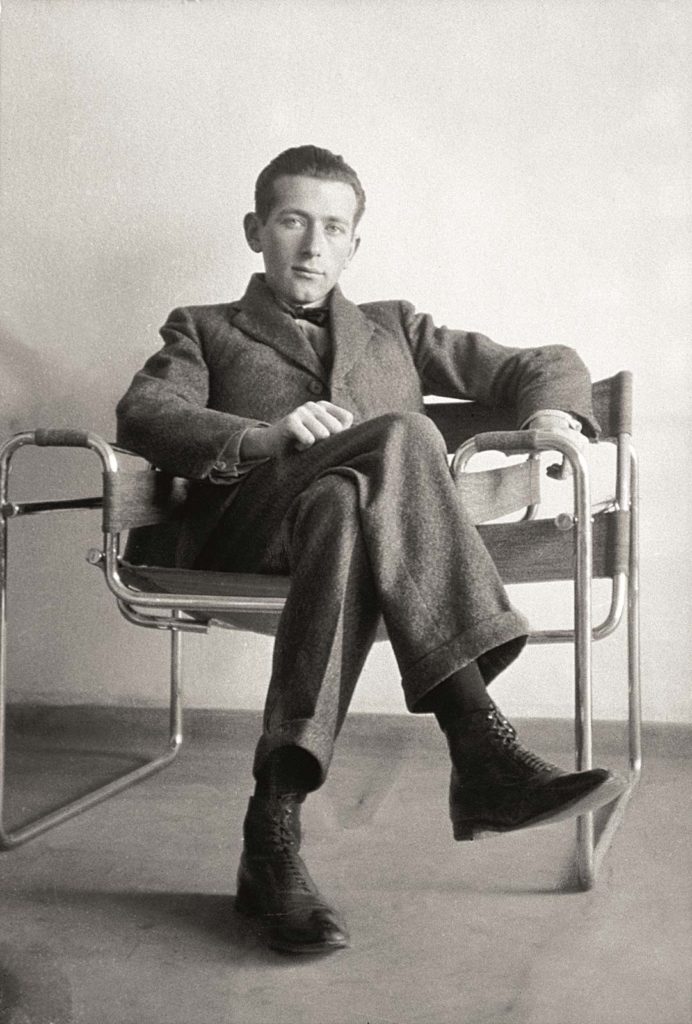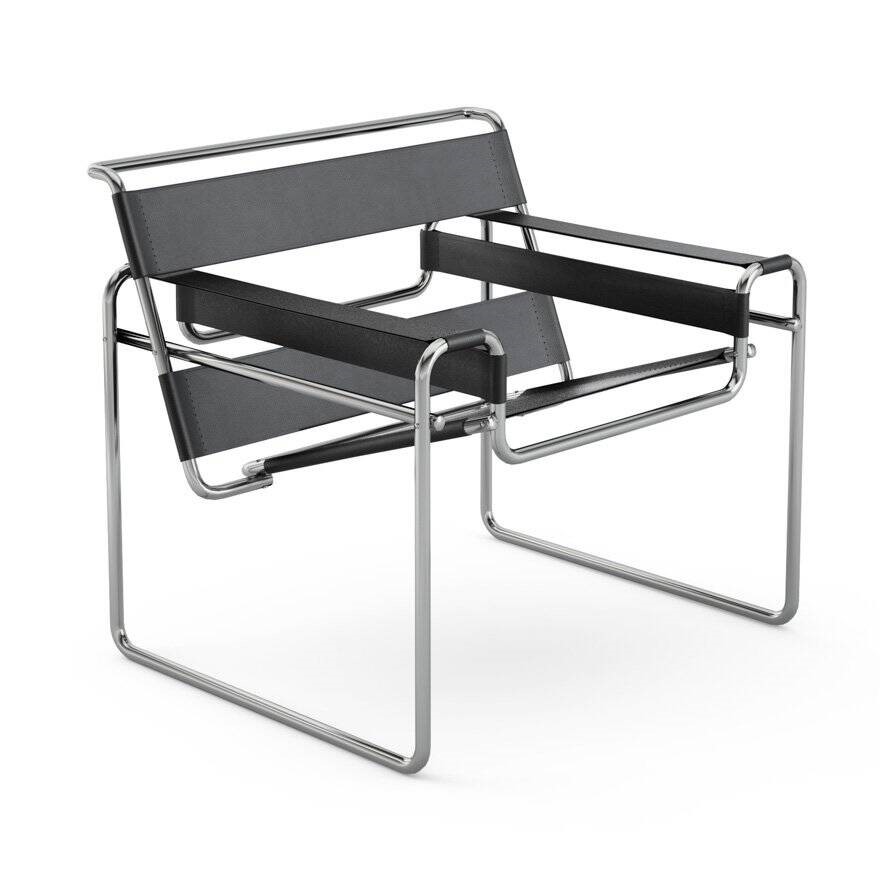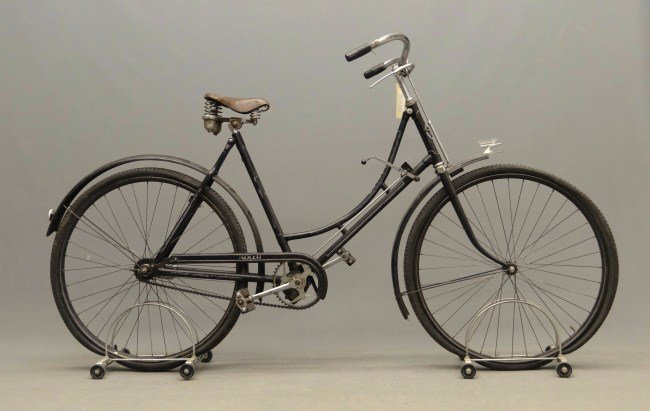And to think it all started with a bicycle—here, 360Modern dives into the history behind one of design’s most iconic chairs.

At the end of the 19th Century, a seismic change washed over the German steel industry—it was then that steel manufacturer Mannesmann developed a revolutionary new way to produce steel tubing, one that forever augmented its structural reliability. And here is where the story of Marcel Breuer’s Wassily Chair begins—but before venturing too far into the rich background of this iconic design, let us take a look at what brought Breuer himself to imagine it.

Marcel Breuer
Breuer was born in Pécs, Hungary in 1902, and over the course of his life became known as one of the most prominent architects and designers of the 20th century. From 1920 to 1928, Breuer studied and taught at the Bauhaus school of design in Weimar, Germany, launching his own architectural practice in 1928 before going on to the United States in 1937 to teach at Harvard University. Once in the U.S., Breuer and his Bauhaus founder Walter Gropius began designing stateside as well, which led Breuer to conceive the original Madison Avenue Whitney Museum of American Art in New York (1966) and the headquarters for the Department of Housing and Urban Development in Washington, D.C. (1963–68), retiring from the practice in 1976. While the legacies of those edifices live on today, theirs remain in the shadow cast by the Wassily Chair.

The Wassily Chair
With Mannesmann’s seamless steel tubing, new applications of the material were suddenly made possible. In the bicycle business, this manifested in strong-yet-lightweight bike frames and handlebars that eased the minor shock waves that roads at the time reliably delivered. And sure enough, one day, while riding his steel-framed Adler bicycle around Dessau, Germany, Breuer glanced down and was struck not only by the technical efficacy of his vehicle, but also by the shining curves of his polished handlebars—he returned with the beginnings of what would become the Wassily Chair (1925), named after his friend and fellow Bauhaus member Wassily Kandinsky.

As Robert McCarter writes in Phaidon’s Breuer, “[Breuer] learned to ride it by taking extended tours around the city. [He] was impressed by his bicycle’s strength and lightness, the result of its being made of tubular steel. This seemingly indestructible material could be bent into handlebar shapes and could easily support the weight of one or two riders; why then could it not be used for furniture?” And so he set to work designing the chair, bending steel this way and that—a barely-there frame that paved the way for mass-produced seating that straddled aesthetics and functionality as yet uncharted by the design industry.
The chair itself stands as an emblem of its time—new advancements in the manufacturing of steel tubing made its design possible (in fact, this is the first piece of furniture that utilized the technology), and a closer examination of its materials will reveal that the chair is made of only steel and the fabric or leather that comprises the seat and backrest. And yet, it is from these materials that this supremely influential chair has sprung, with its sleek, pared-back, and ultra pragmatic silhouette—one that was able to be produced at scale, in step with the accelerating industry of the 20th Century. The Wassily chair sprung up in the homes and design schemes of such Modern architects as Hans Scharoun, Robert Mallet-Stevens, and Aino and Alvar Aalto, the last of which saw the chair as both an inspiration and a provocation for his bent plywood designs that would come later that century.
The coveted chair still holds traction for design enthusiasts and collectors alike, having won the Museum of Modern Art Award in 1968, with roaring success well into the 21st Century. For those looking to get their hands on a Wassily Chair, the design can be purchased through Knoll International, which since 1995 has taken over the production of the iconic design, with a price tag of just over $3,000.